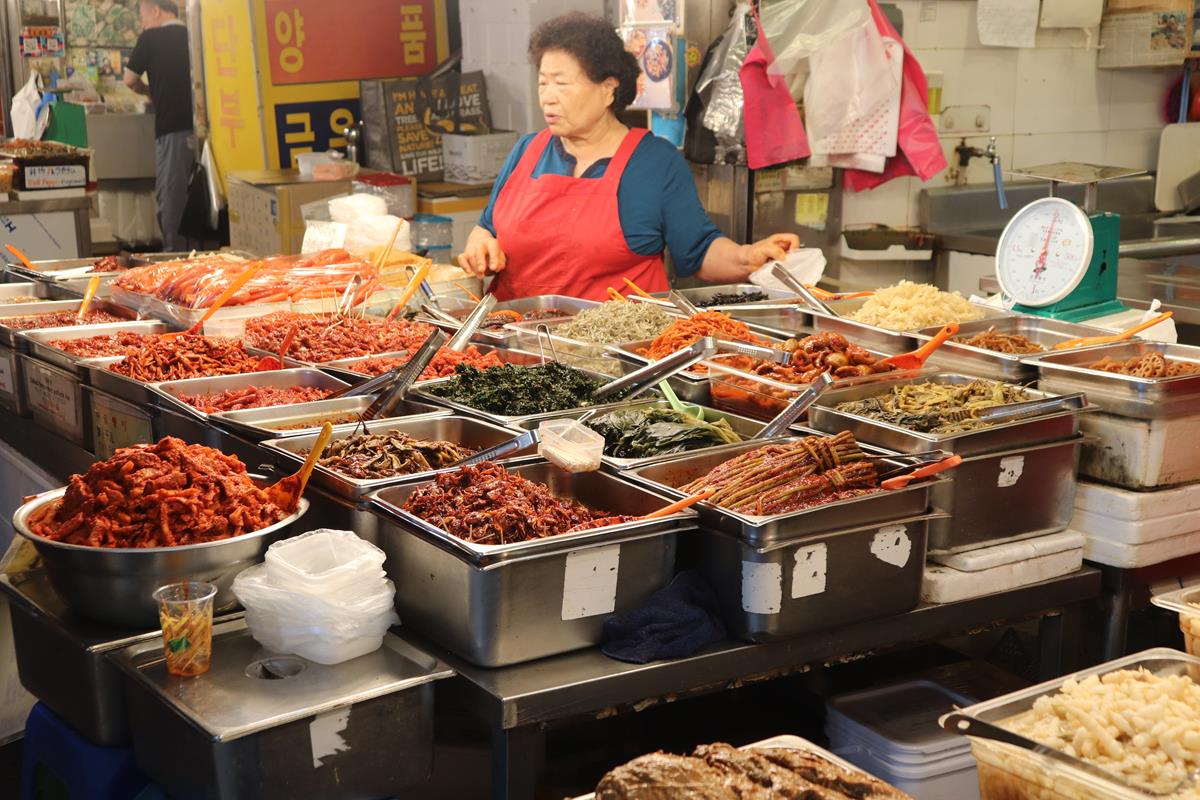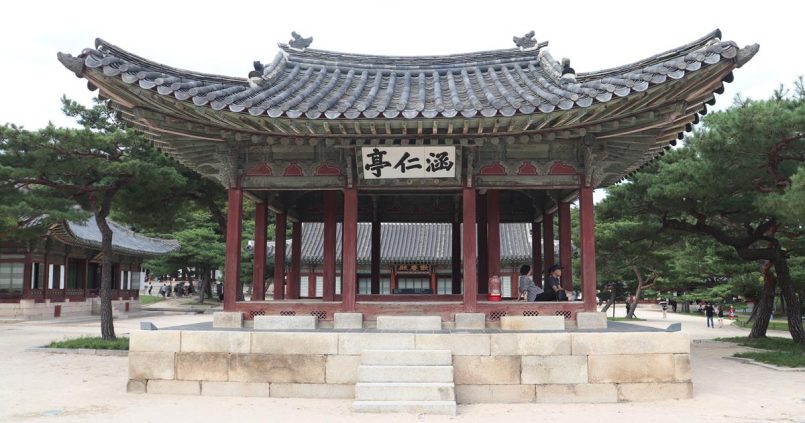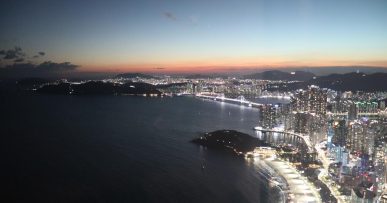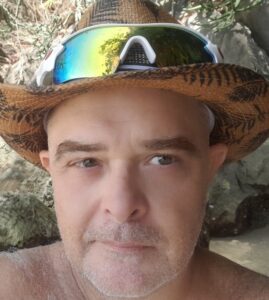After the stress of getting my Wife’s travel authority to enter South Korea at the last minute, we flew at 1 am from Chiang Mai—a five-hour flight—and arrived in Seoul at 8 am, a two-hour time difference. Needless to say, we all had severe jet lag and easy to get grumpy 🙂
Myeongdong Street:
Like Ximending Walking Street in Taipei, Taiwan, you will find the famous Myeongdong Street. The street and multiple parallel side streets are full of clothing, beauty, gift shops, Korean BBQ restaurants, and fast-food outlets. It’s well worth a few hours.
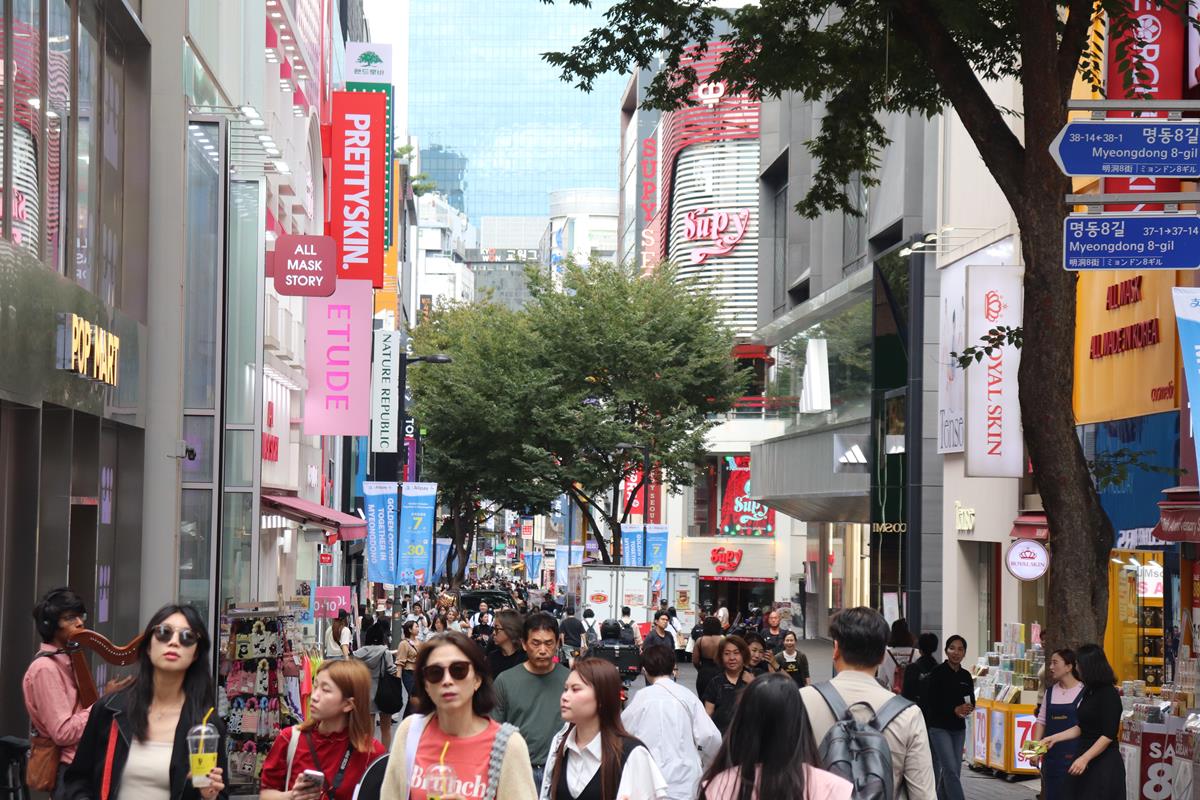
Sungnyemun Gate (Namdaemun):
Namdaemun (Korean, meaning South Great Door) is one of the Eight Gates in the Fortress Wall of Seoul. The gate formed the city’s original southern boundary during the Joseon period, although the city has since significantly outgrown this boundary.
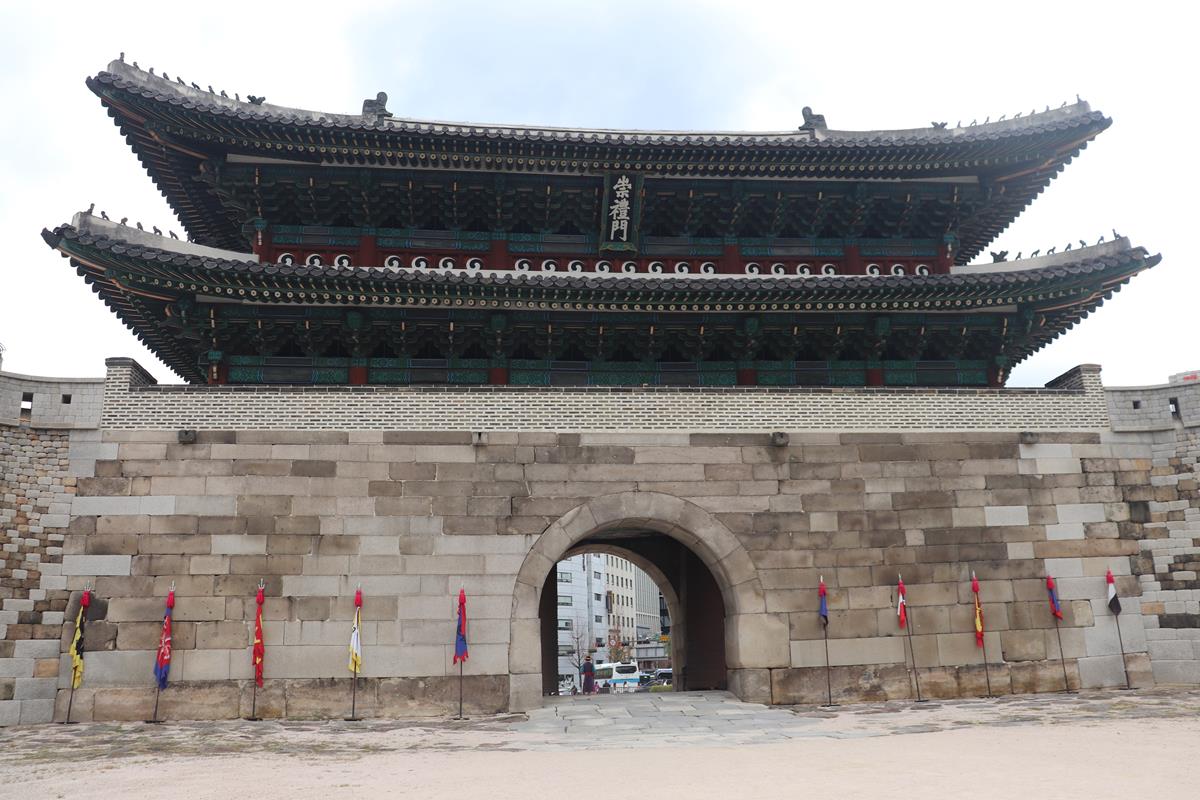
The gate, dating back to the 14th century, is a historic pagoda-style gateway and is designated as the first National Treasure of South Korea. It was once one of the three major gateways through Seoul’s city walls with a stone circuit.
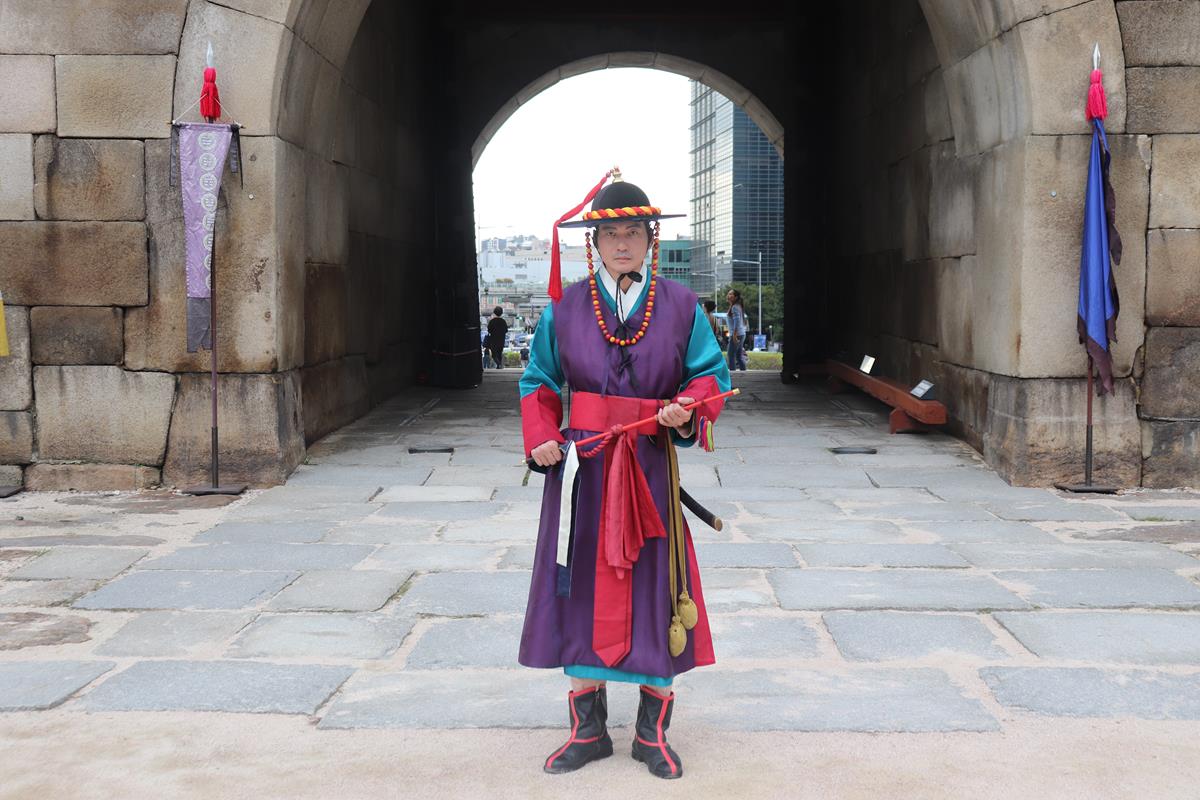
Deoksugung Palace:
Deoksugung Palace is a walled compound of palaces in Seoul that members of Korea’s royal family inhabited during the Joseon monarchy until the annexation of Korea by Japan in 1910. It is one of the “Five Grand Palaces” built by the kings of the Joseon dynasty and designated as a Historic Site.

Deoksugung, like the other “Five Grand Palaces” in Seoul, was heavily damaged during the colonial period of Korea—currently, only one-third of the structures standing before the occupation remains.

War Memorial of Korea:
The impressive outdoor exhibition area includes over nineteen fixed-wing aircraft, six helicopters, seventeen armoured vehicles, fifteen artillery and anti-aircraft guns, four missiles, and finally, three vessels, including a patrol boat, airboat, and submersible infiltration landing craft.
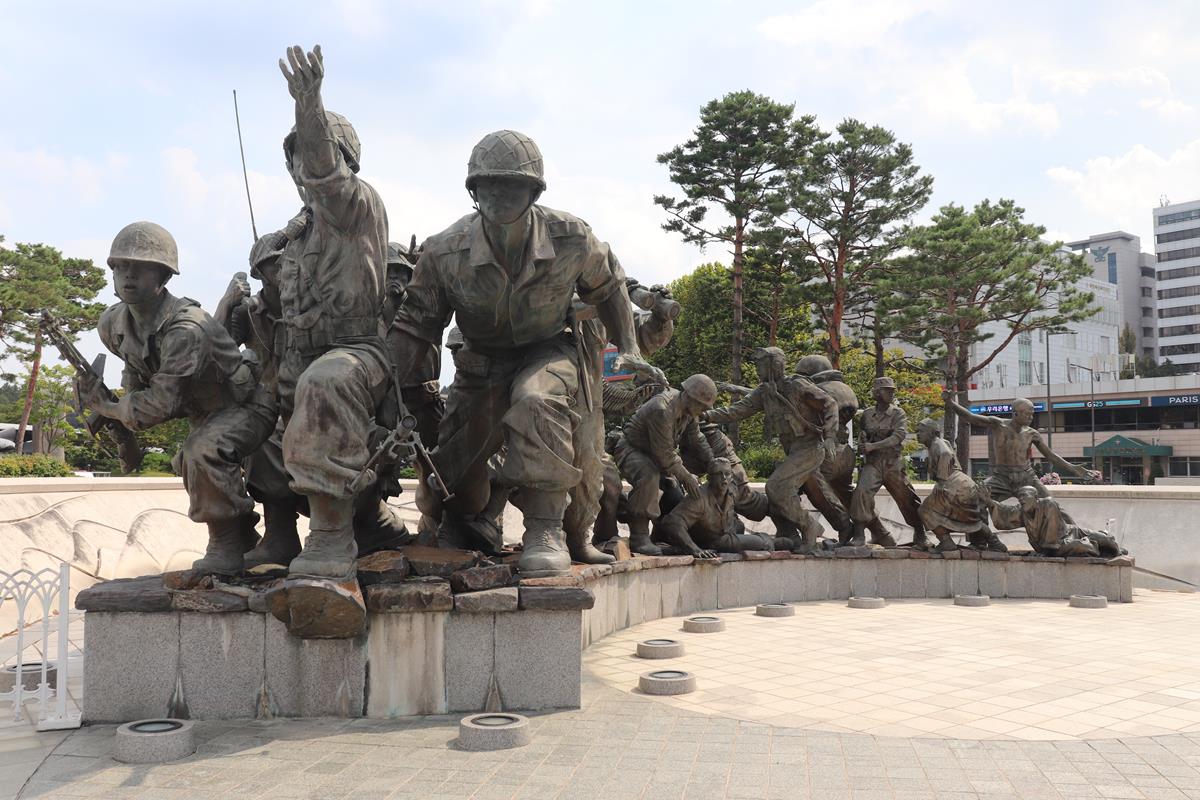
Indeed, this outdoor exhibition was a great surprise and fantastic to view. My ten-year-old war-loving son took so many photos.

Over six thousand three hundred items are displayed in seven halls and an outdoor exhibition area. There is a Memorial Hall, War History Room, Korean War Room, Expeditionary Forces Room, ROK Armed Forces Room, Exhibition Hall for Donated Artifacts, and Exhibition of Large Military Equipment.
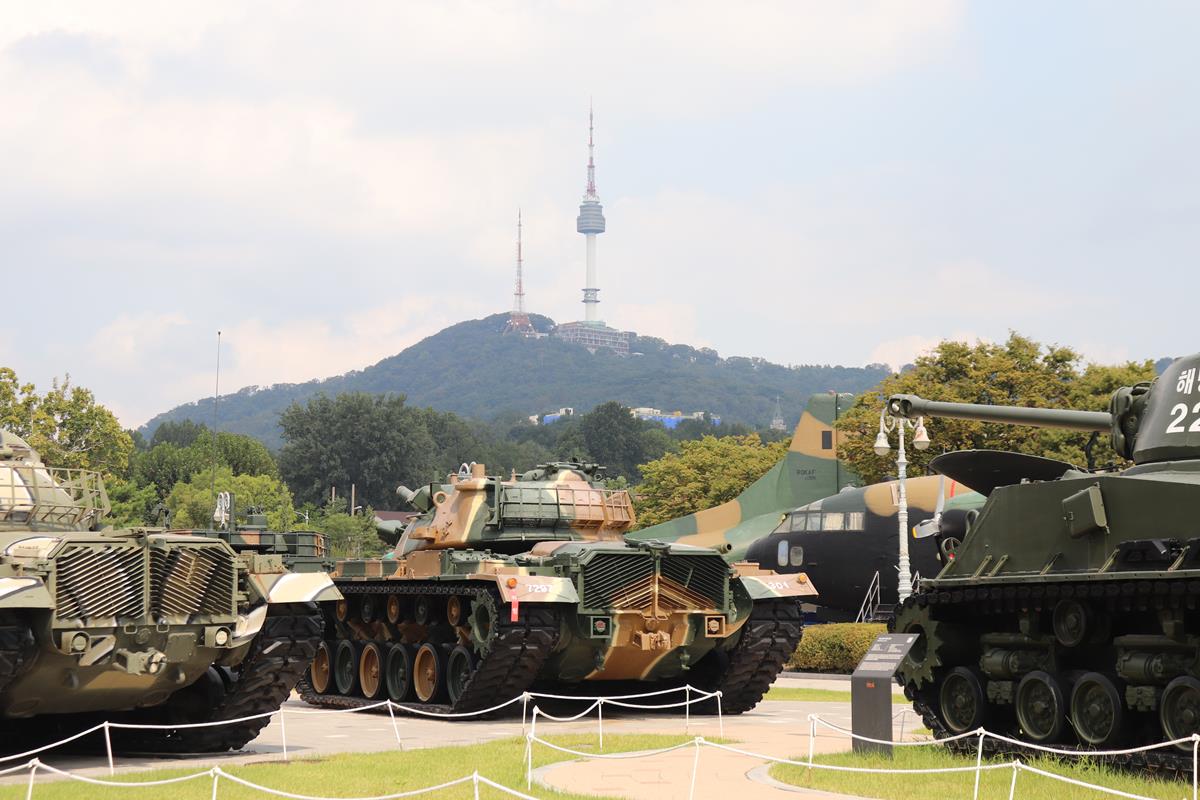
Lotte World Tower Seoul Sky Observation Deck:
The tower is the sixth-tallest building in the world, the tallest in OECD countries, and the first in South Korea to be over 100 stories tall. Seoul Sky occupies the top seven levels. Floors 117 and 118 are the entrance and view floors.

The observatory charges an admission fee of around 28,000 KRW for adults and around 24000 KRW for children. Expect queuing before you can get in the elevator.
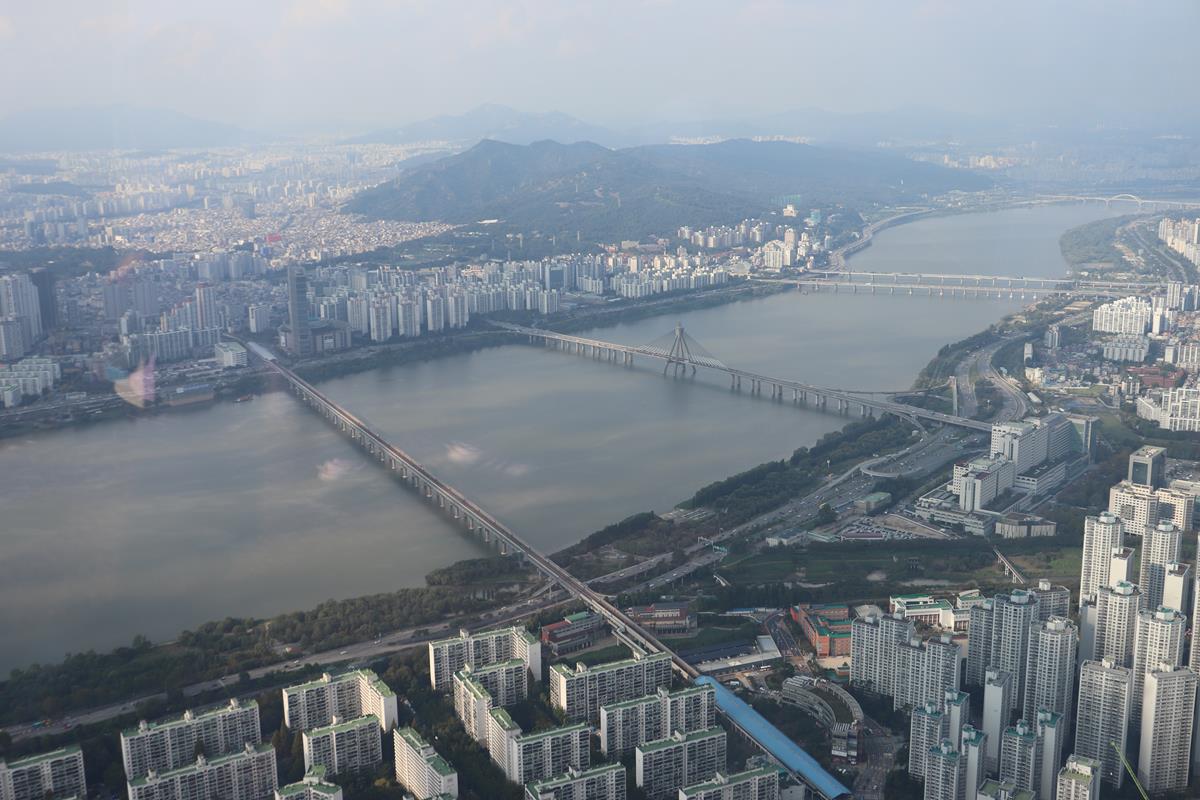
Changgyeonggung Palace:
The palace was built in the mid-15th century and was renovated and enlarged in 1483 by King Seongjong, at which time it received its current name. Many structures were destroyed during Japan’s multiple late 15th to 16th (1592) century attempts to conquer Korea and invade China.

Successive Joseon Kings rebuilt it, but the Japanese once again essentially destroyed it in the early 20th century. This time, they tore it down methodically to make room for a modern park. The cost of entry is 1000 KRW.

Changdeokgung Palace:
Changdeokgung Palace is one of the “Five Grand Palaces” built by the kings of the Joseon dynasty. It is also known as East Palace. Changdeokgung was the most favored palace of many Joseon kings. It retained many elements dating from the Three Kingdoms of Korea period that were not incorporated in the more contemporary Gyeongbokgung.

One such element is that the buildings of Changdeokgung blend with the site’s natural topography instead of imposing themselves upon it. Like the other Five Grand Palaces in Seoul, it was heavily damaged during the Japanese occupation of Korea (1910 to 1945). Only about 30% of the pre-Japanese structures of the East Palace Complex survive. The cost of entry is 3000 KRW.
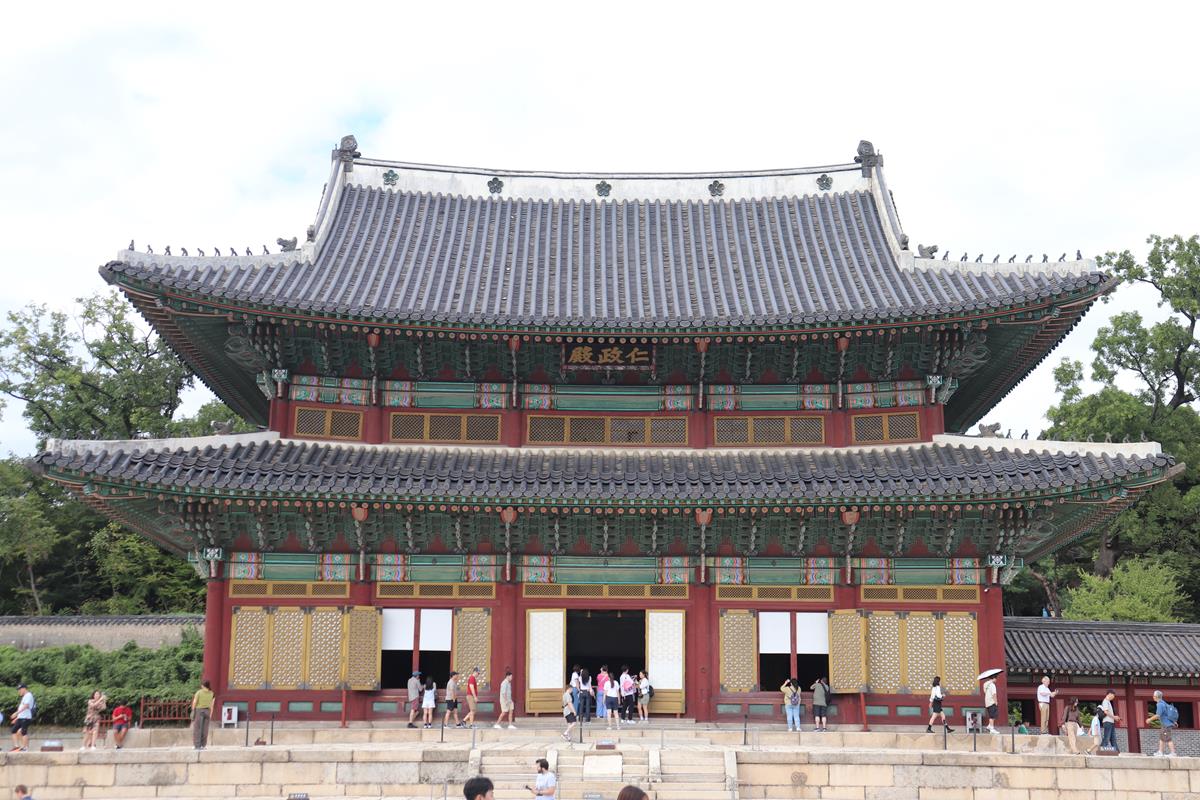
Gyeongbokgung Palace:
Gyeongbokgung Palace was the main royal palace of the Joseon dynasty. Built-in 1395, it is the largest of the Five Grand Palaces built by the Joseon dynasty. In the 19th century, all 7,700 rooms were restored under the leadership of Prince Regent Heungseon during the reign of King Gojong. Some 500 buildings were restored on a site of over 40 hectares.
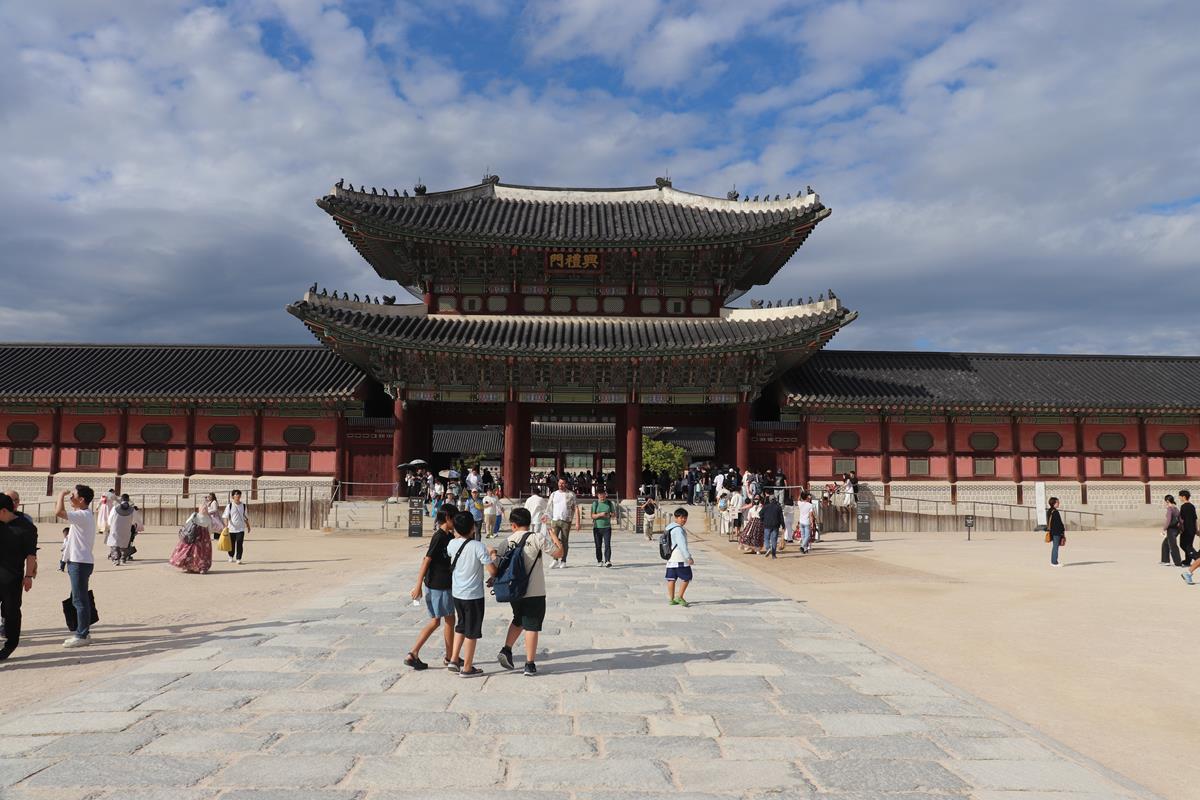
In the early 20th century, Imperial Japan systematically destroyed much of the palace during its occupation of Korea. On January 21, 1963, it was designated a cultural property. Since the 1990s, the walled palace complex has gradually been restored to its original form. It also houses the National Palace Museum and the National Folk Museum within the complex’s premises. A paid ticket is required to enter the main palace area.
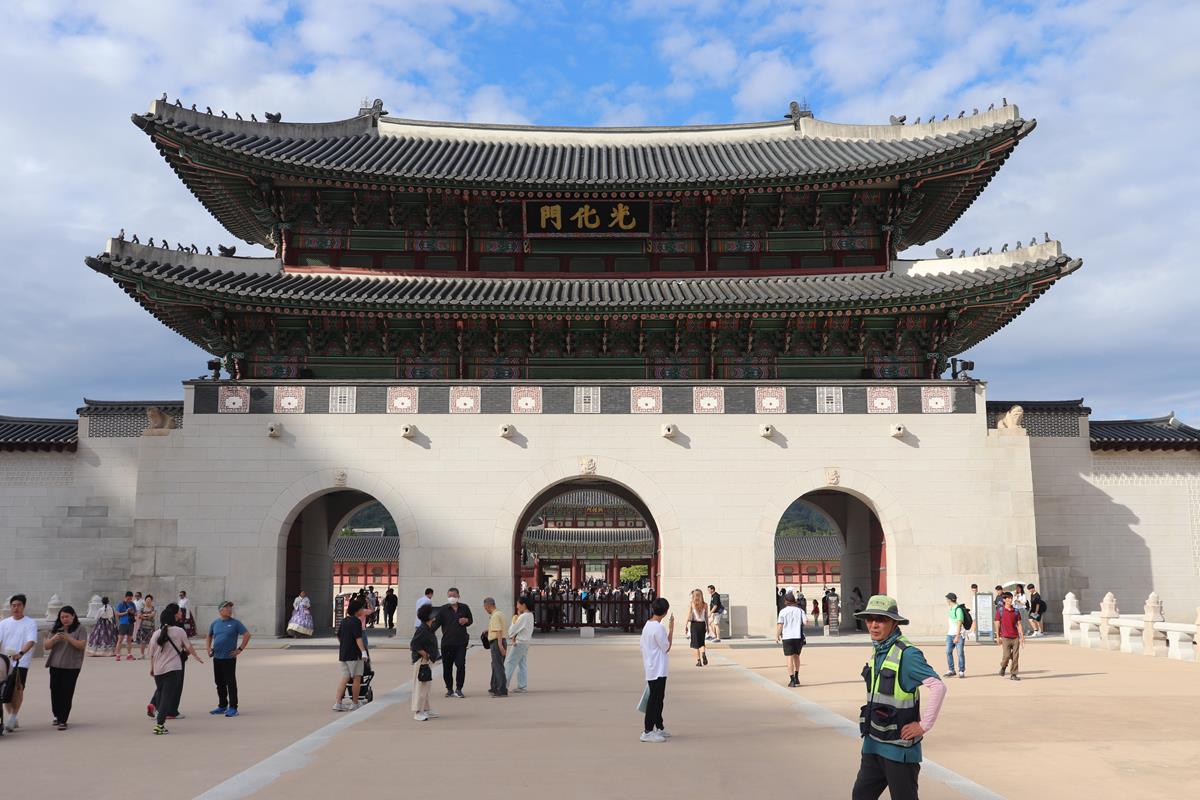
Cheonggyecheon Stream:
Cheonggyecheon Stream is a 10.9-kilometre-long stream and public space in downtown Seoul. A natural stream sourced from the Suseongdong Valley in Inwangsan, it was historically maintained as part of Seoul’s early sewerage until the mid-20th century, when post-Korean War rapid economic development and deteriorating conditions prompted the filling of the stream with concrete and the construction of an elevated freeway, the Cheonggye Expressway, in its place.

In 2003, the city government began an urban renewal project to disassemble the expressway and restore the stream, which was completed in 2005 at a cost of over US$281 million. The Cheonggyecheon restoration project initially attracted significant public criticism, but since its opening in 2005, it has become popular among residents and tourists.

Gwangjang Market:
In the early years, the market only sold agricultural and seafood products, but as it became one of the largest markets in Korea, it began to sell many other products.
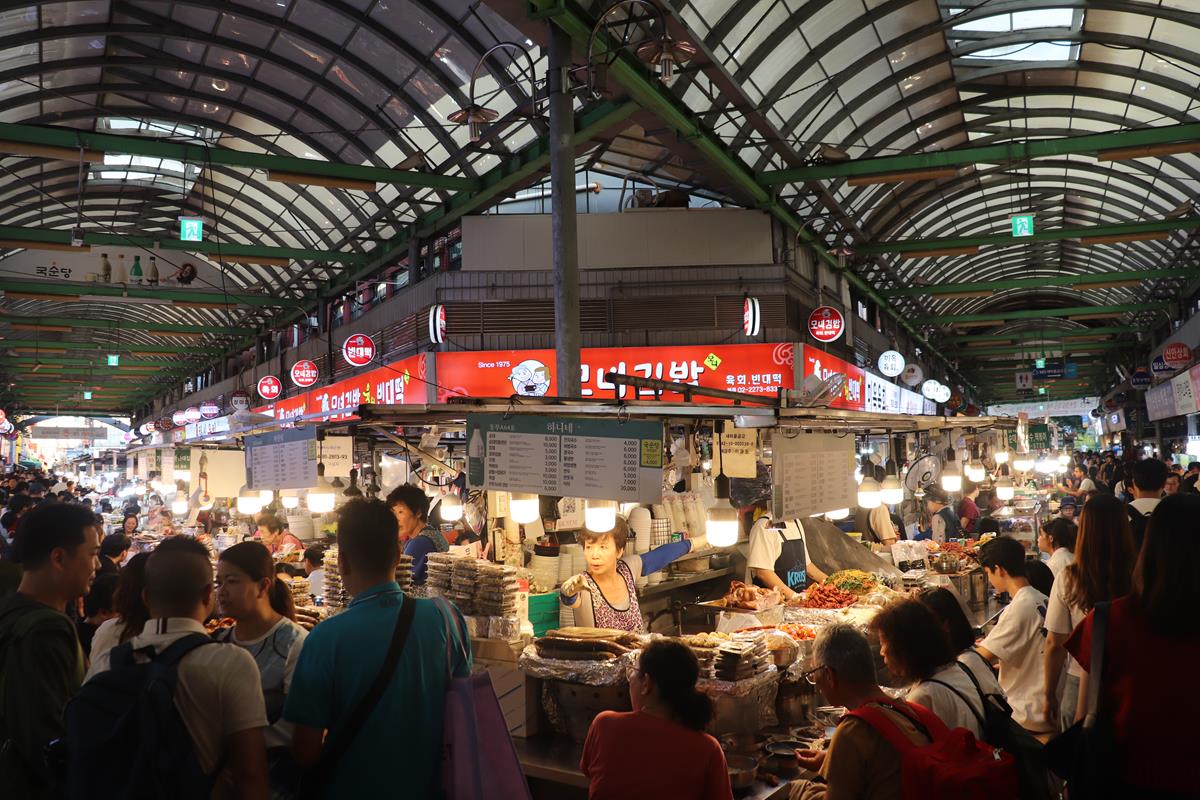
Today, the market has approximately 1500 to 2000 vendors selling fruit, vegetables, meat, fish, bread, clothing, textiles, handicrafts, kitchenware, souvenirs, and traditional Korean medicinal items. Many restaurants and food stalls sell traditional Korean cuisine, but the market is most famous for its bindaetteok, mung bean pancakes, and gimbap.
